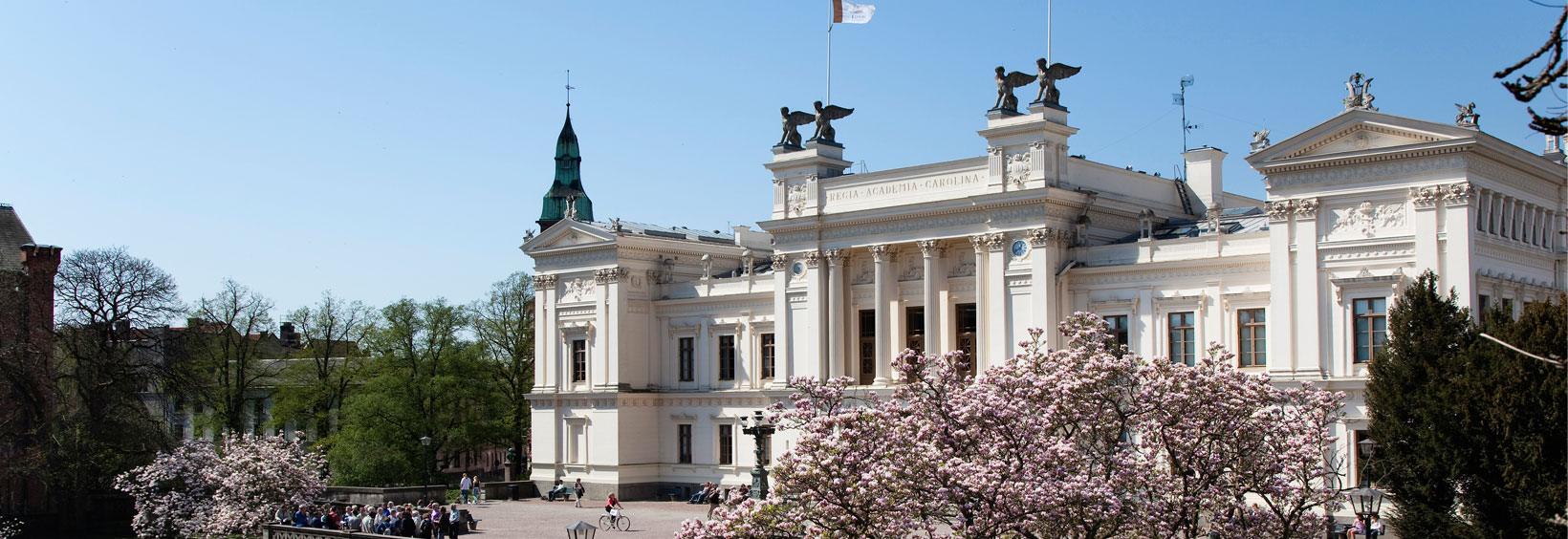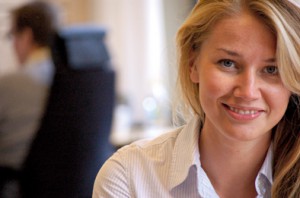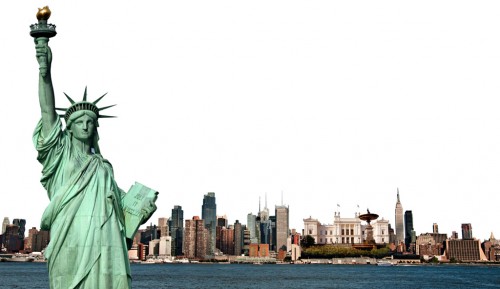Sedan januari har stiftelsen Lund University Foundation, LUF, ett eget bemannat kontor i Los Angeles.
Kerstin Skjefstad – Mitt uppdrag är att hitta externa finansiärer för att stärka forsknings- och utbildningsverksamheten vid Lunds universitet. Kan jag dra in en halv miljon kronor har jag gjort ett bra jobb, säger Kerstin Skjefstad, som är stiftelsens kvinna i L.A.
När LUM träffar henne är hon i Lund för att träffa nyckelpersoner inom universitets fundraising och Externa relationer. Lund är hemmaplan såtillvida att hon har en examen från Ekonomihögskolan med fokus på marknadsföring. En utbytestermin i Singapore och anställning på Svensk-Amerikanska Handelskammaren i San Diego finns också med i bagaget.
Sedan årsskiftet arbetar Kerstin Skjefstad på LUF:s kontor i Los Angeles. Tjänsten, liksom hela verksamheten vid Lund University Foundation, är helt finansierad via donationer och välgörenhetsarbete.
– Jag förväntas bidra till en långsiktig strategi för stiftelsens verksamhet samt utveckla alumn-nätverket för före detta Lundastudenter i USA. Jag har också ett tydligt, eget insamlingsmål – 50.000 dollar under mina sex månader.
Ordförande för Lund University Foundation är Göran Eriksson. Den som kan sin Lundahistoria vet att han tidigare varit ordförande för Lunds Studentkår. Han satt också med i karnevalskommittén 1982 innan han började jobba som företagare i Los Angeles.
– Som arbetande ordförande för Lund University Foundation är målet att öppna dörrar till svensk-amerikanska nätverk och bygga upp en fungerande organisation så att vi kan attrahera donationer till Lunds universitet, framför allt från lundaalumner. Målet är att dra in knappt en miljon kronor under 2012, säger han.
Den stora skillnaden mellan svensk och amerikansk alumnverksamhet är mentaliteten, menar både Göran Eriksson och Kerstin Skjefstad.
– I USA ses universitetstiden som livets största investering och man är väldigt stolt över sitt universitet. Som före detta student vill man gärna behålla kontakten och ge något tillbaka när man börjar jobba.
Kerstin Skjefstad tror att utvecklingen i Sverige går åt samma håll.
– Ska svenska universitet kunna konkurrera med de bästa och ligga i forskningsmässig framkant behöver vi attrahera kapital från både framgångsrika alumner och filantropiska donatorer, säger hon.
På frågan om det finns så många potentiella donatorer att det motiverar ett kontor i Los Angeles svarar Kerstin Skjefstad att USA-verksamheten är helt finansierad genom donationer.
– De pengar vi lyckas attrahera från olika finansiärer hamnar därför direkt på pluskontot för Lunds universitet. Och ska vi bli bättre som universitet måste vi också våga satsa och våga prova nya vägar, säger hon.
Text & foto: Joen Garsén




